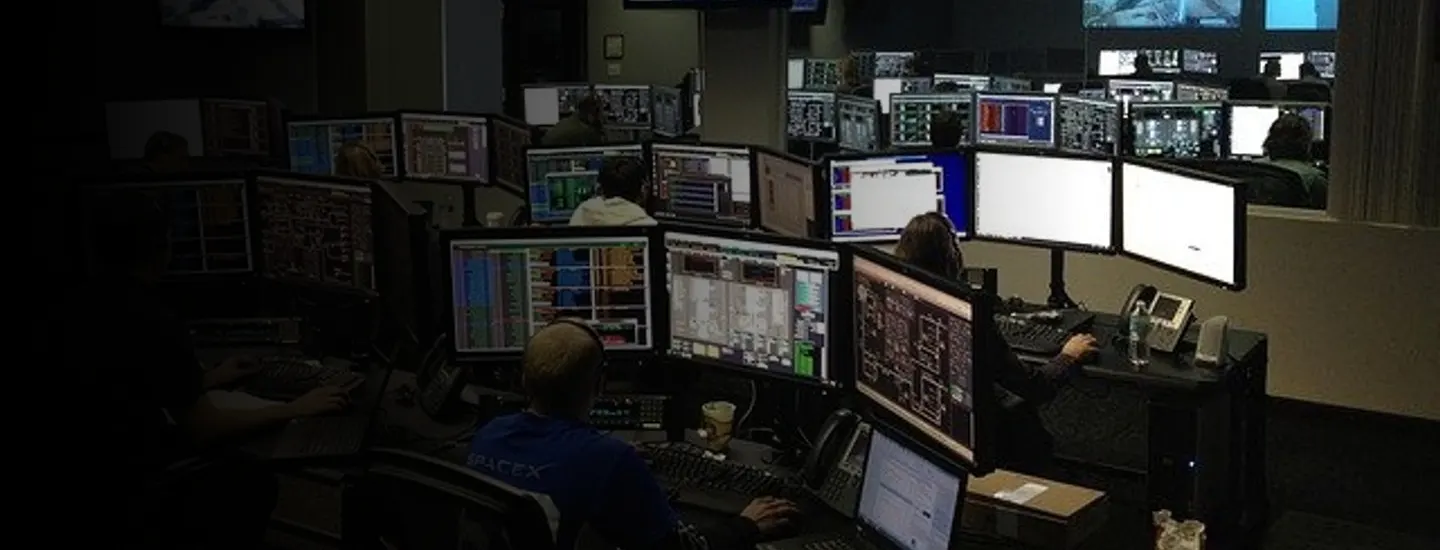For years, Marketing and Communications functions have been ones in which senior management has often struggled to measure an exact return on investment.
Companies have spent millions in branding, advertising, marketing campaigns and promotions with little grip on how successful these investments truly are. This is well described in John Wanamaker's famous quote about advertising: “Half the money I spend on advertising is wasted, and the trouble is I don't know which half”.
As such, there is a tremendous opportunity for optimisation, as between 5-10% of B2C company revenue is spent in marketing. As digital continues to expand into consumers' lives and activities, it is now possible to measure the impact of any events on companies' brands or sales almost in real-time. These events could be planned, such as product promotions and campaigns or unplanned incidents or accidents made public (e.g. product recalls, limited availability, ethical issues etc.).
Harness data and real-time responses
New marketing technology solutions harness huge amounts of consumer data and planned activities can be tailored and optimised on the fly to increase effectiveness. Unplanned events also can be closely monitored, enabling businesses to gauge consumer responses to crisis communications and adjust their strategies accordingly.
Using multiple tracking tools - for text and visual content using AI and sentiment analysis - companies can close monitor "brand penetration" - where, when and how often they are connecting with customers across any digital platform. As businesses initiate strategies, tactics and promotions or address unplanned events, they can obtain a clear, immediate understanding of their impact.
Recognising the quantity, timing, and pattern of a brand’s interactions with its customers takes this beyond established areas of monitoring and measurement. The use of big data is a great lever for optimising a company's marketing strategy and the impact it generates.
Here are some examples:
- If you’re launching a campaign focused on a younger demographic in a given country, you can track the response to your campaign in real-time on social media and adjust accordingly.
- An airline facing flight delays or cancellations in a particular country can gauge passenger reactions instantaneously on social media and proactively offer free tickets to travelling ‘influencers’ affected to mitigate the negative impact.
- A mobile device company wants to know how, when and in which context its brand is presented through different media (in movies, TV programs, pictures in newspapers and magazines, social media, etc.) versus its primary competitor.
We are beginning to see some companies establishing ‘Marketing Operations Centers' to monitor the consumer and other stakeholder activity in their market. As preserving reputation and increasing brand value become real-time activities, this blend of customer service and marketing is likely to deepen. Like so many functions and areas of business operations, this requires a major transformation to the current operating model of Marketing and Communications departments, combining new mindsets and skills to bring further agility.
Those that grasp this change and combine it with thoughtfully conceived marketing and communications strategies will be able to respond to the increasingly demanding expectations of their stakeholders, preserve reputation, build their brand and grow their market share more effectively.

